Description
Radioactive elements are those that have unstable atomic nuclei and spontaneously emit radiation as they decay into more stable forms. This group includes naturally occurring elements such as uranium, thorium, and radium, as well as synthetic elements like plutonium and americium, created in nuclear reactors or particle accelerators. Radioactive decay can involve the emission of alpha particles (helium nuclei), beta particles (electrons or positrons), and gamma rays (high-energy electromagnetic radiation), each with varying levels of energy and penetration ability.
These elements have varying half-lives, ranging from fractions of a second to millions of years. Uranium, for instance, has a half-life of about 4.5 billion years, while some isotopes of elements like einsteinium have half-lives measured in milliseconds. The long half-lives of certain radioactive elements make them useful for dating geological formations and archaeological artifacts through techniques like radiocarbon dating and uranium-lead dating.
Radioactive elements have significant applications in various fields. In medicine, they are used for both diagnostic (such as in PET scans) and therapeutic (such as in cancer radiotherapy) purposes. In industry, they are used in smoke detectors (americium), in food irradiation to kill bacteria and pests, and as a source of energy in nuclear power plants (uranium and plutonium).
However, the handling and disposal of radioactive materials pose serious safety and environmental challenges due to their potential to cause radiation sickness and contamination. The use of these elements requires strict control and safety measures to protect both human health and the environment. Despite these challenges, the unique properties of radioactive elements continue to make them valuable in a wide range of scientific and industrial applications.

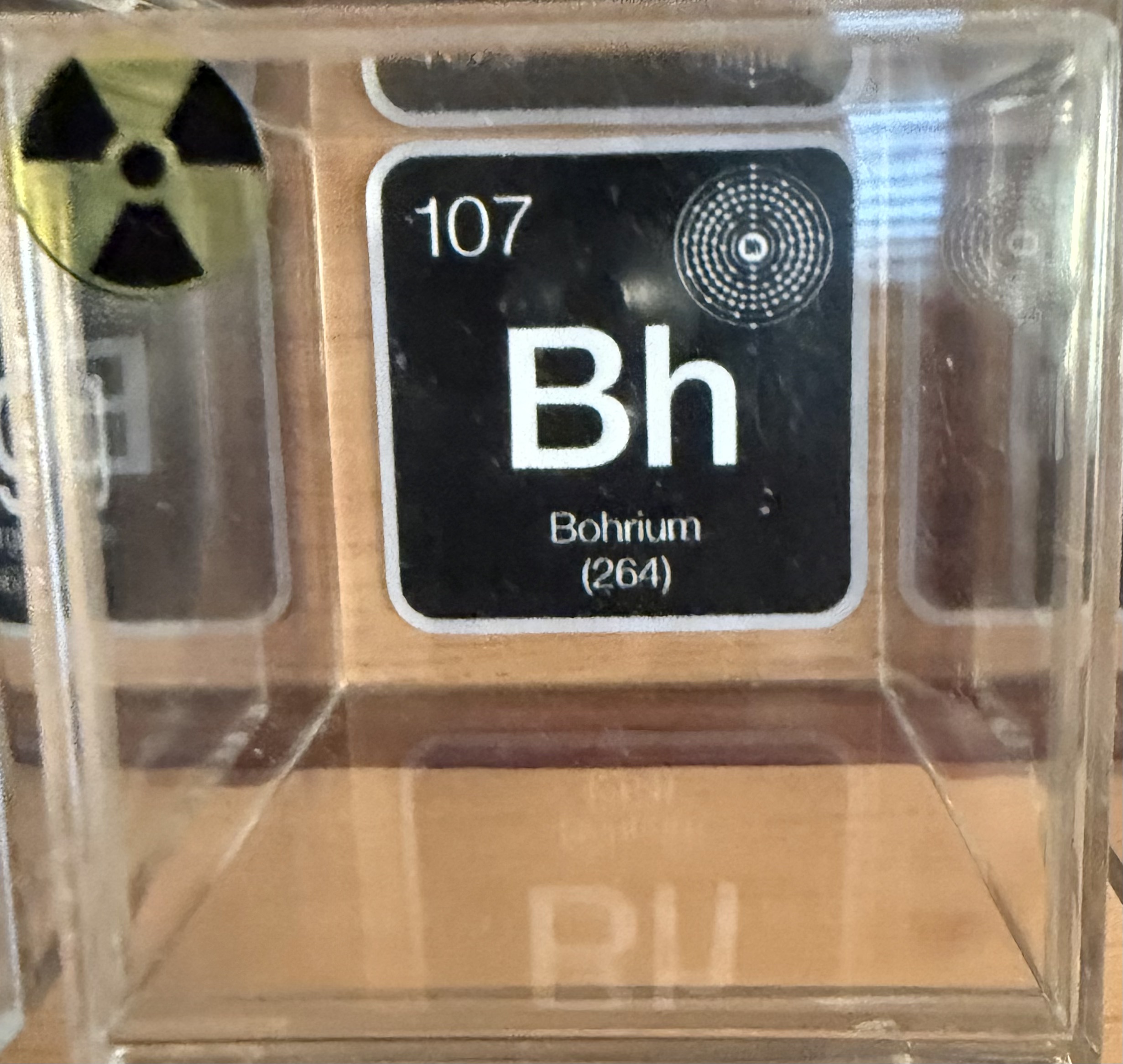
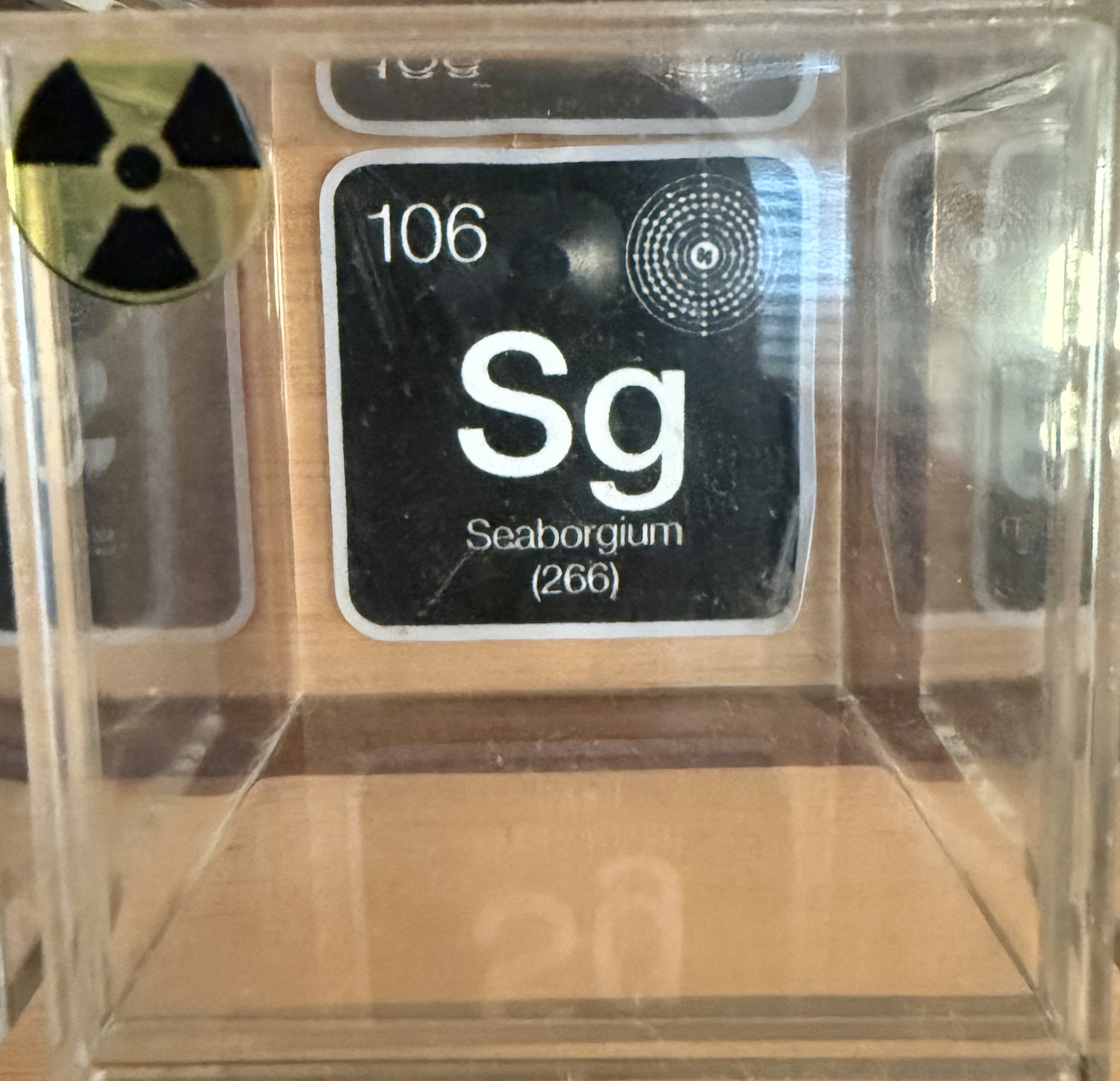
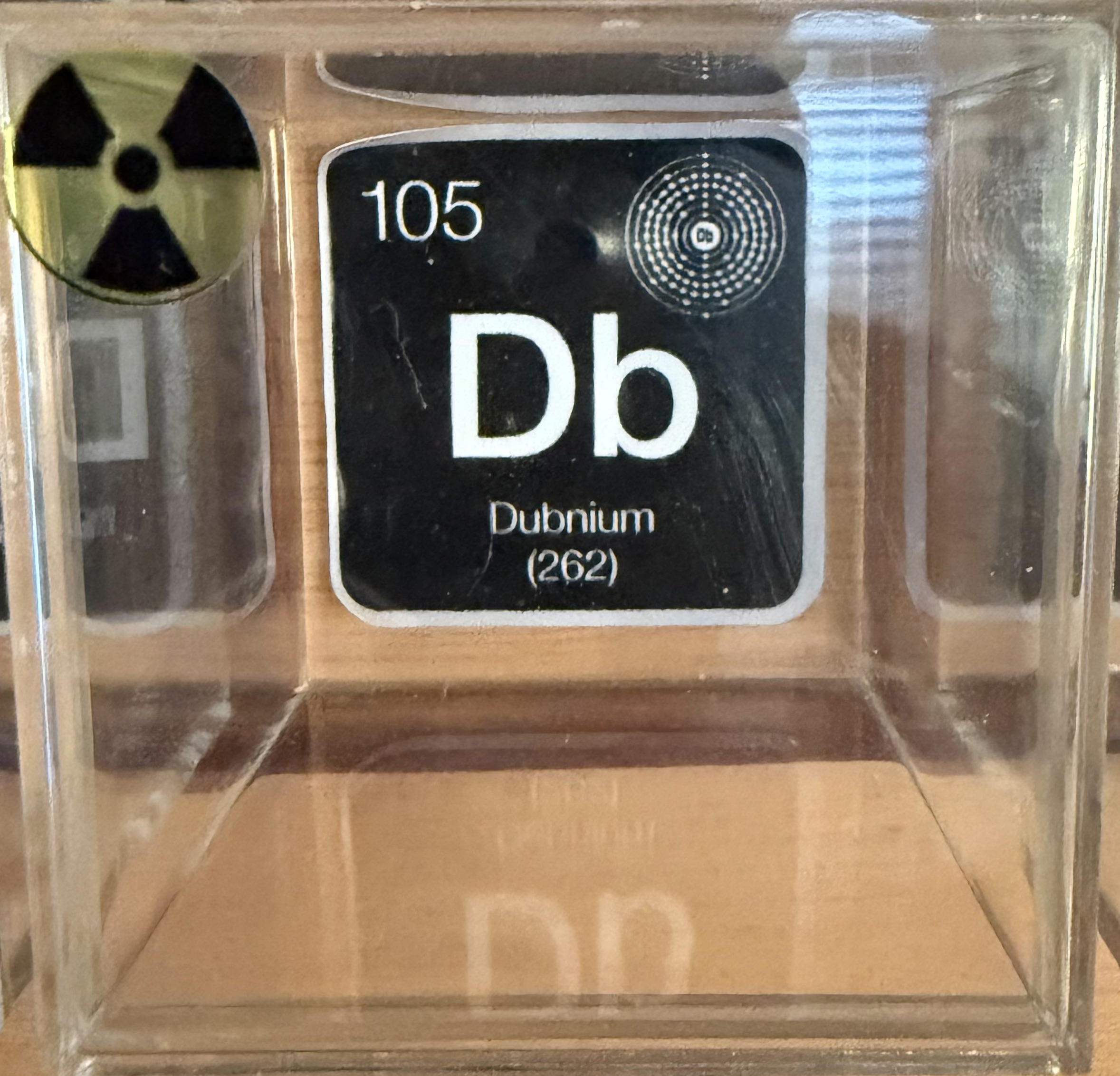

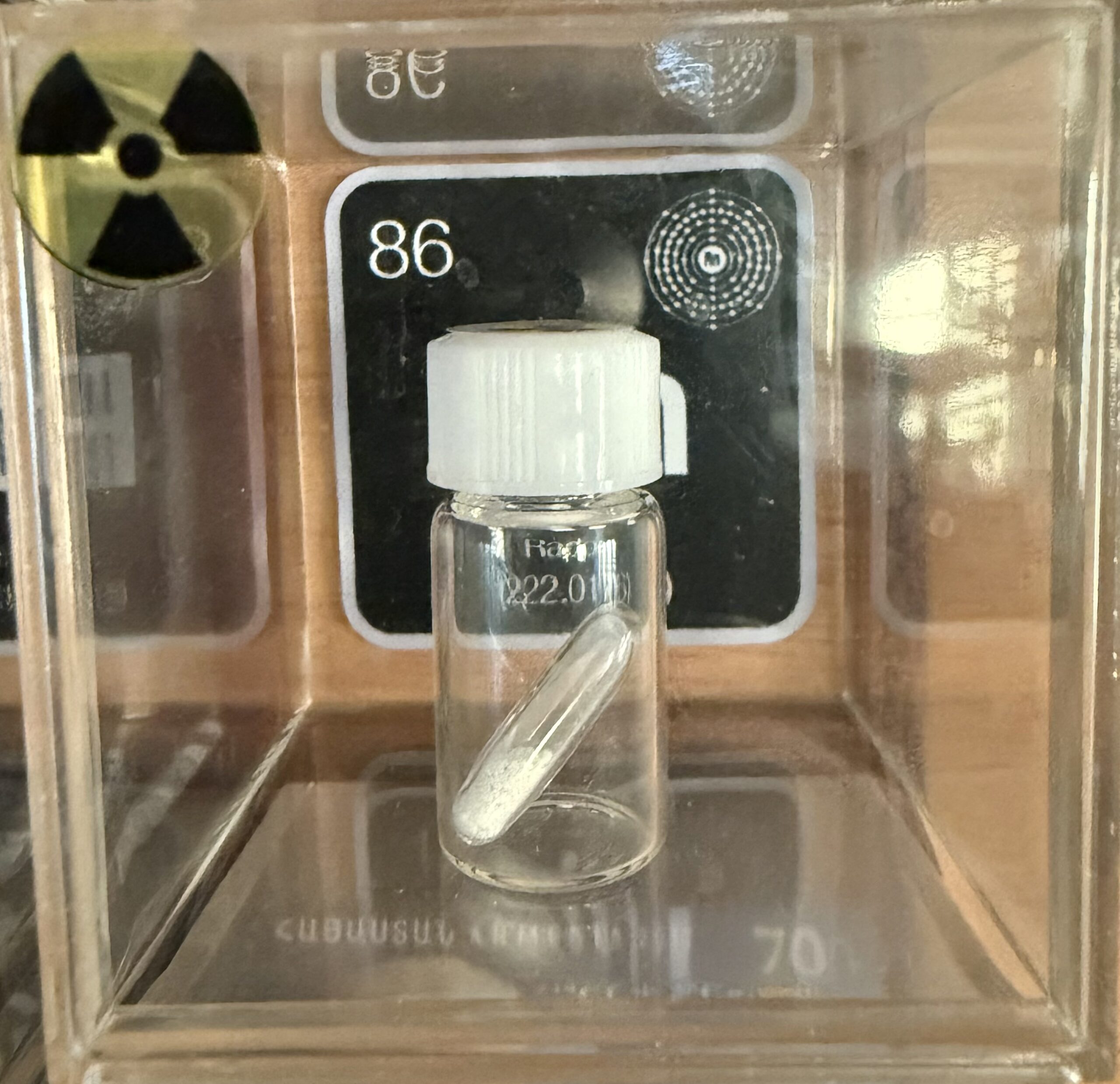
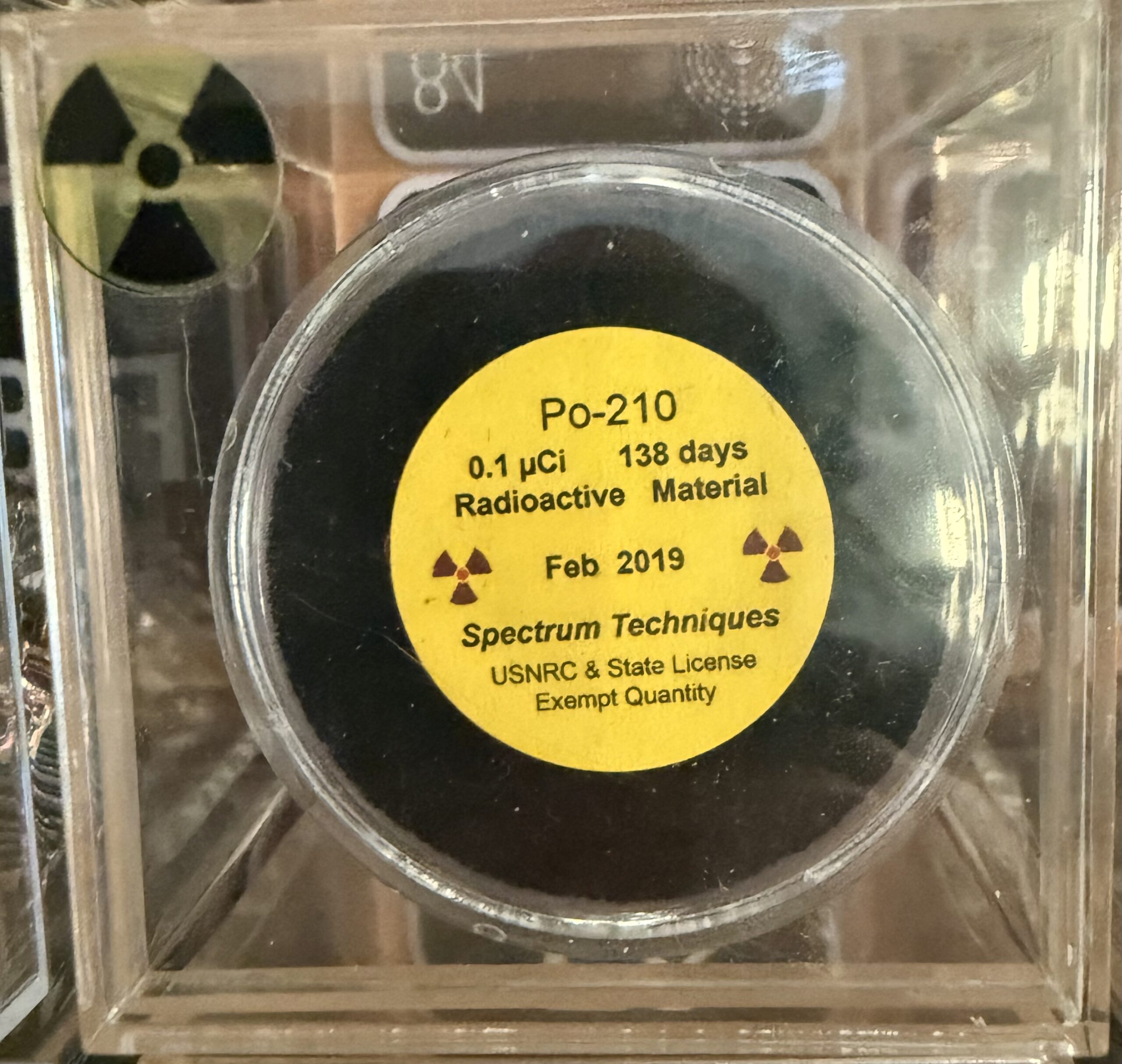
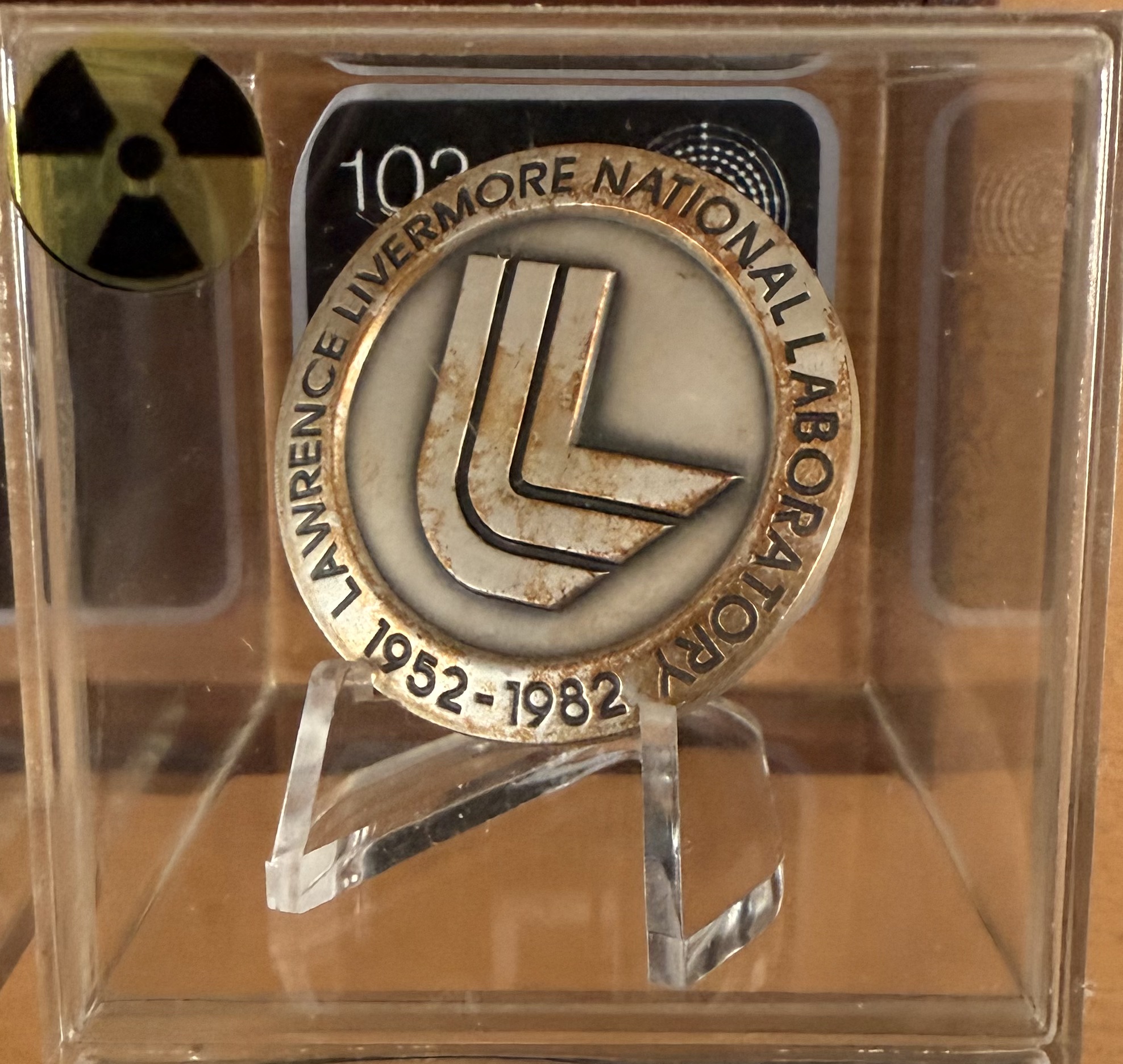
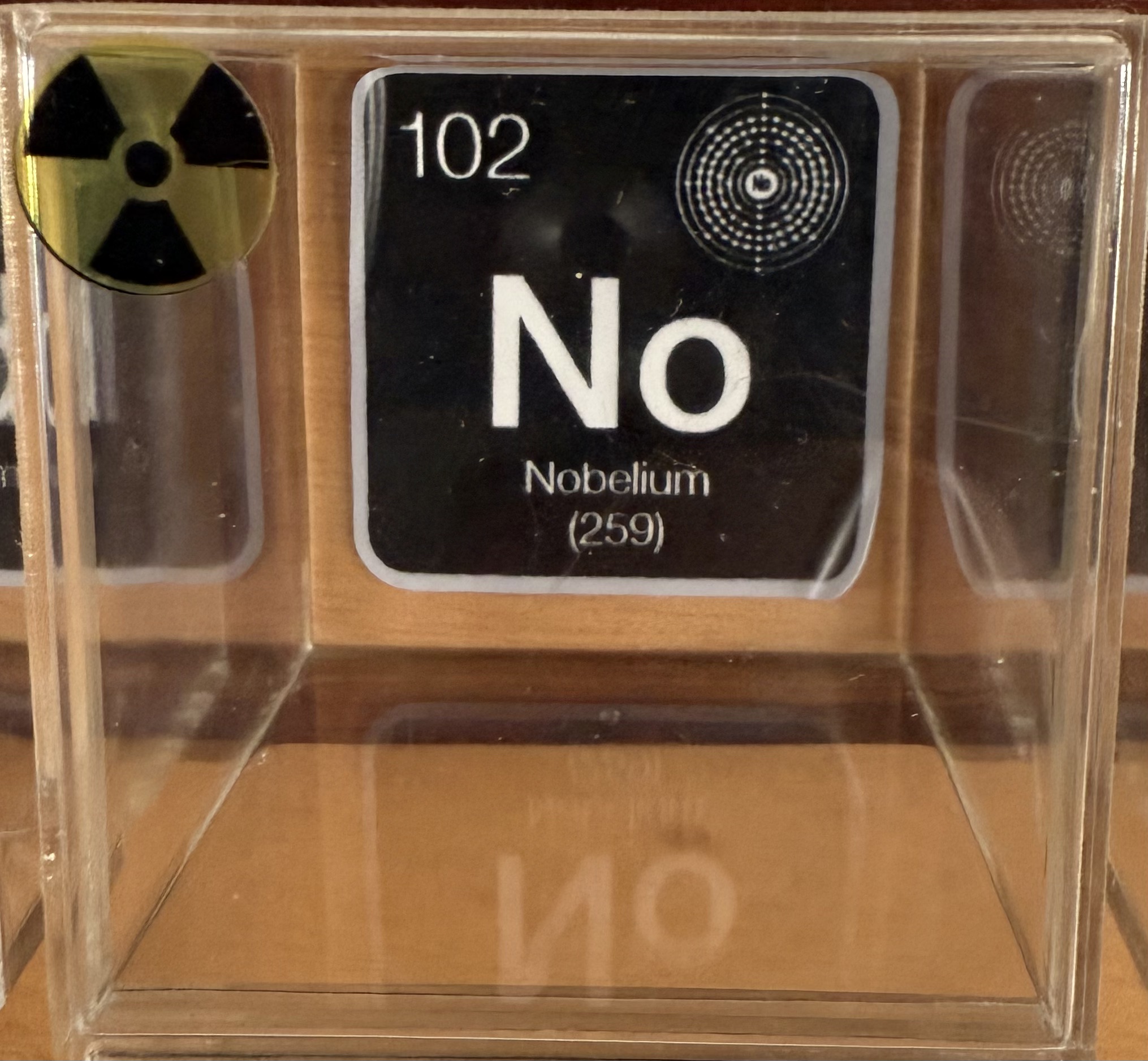
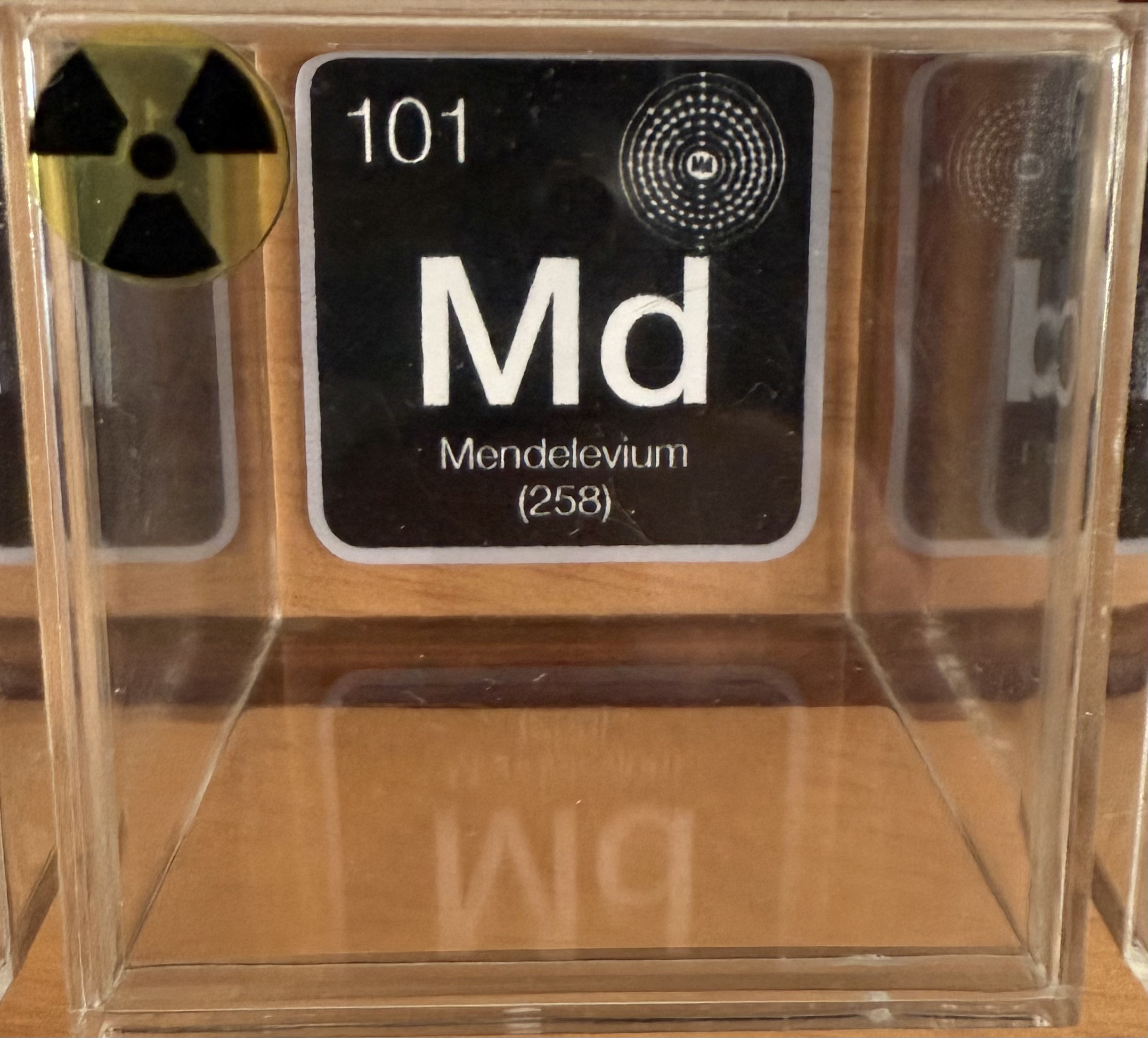
 using WordPress and
using WordPress and